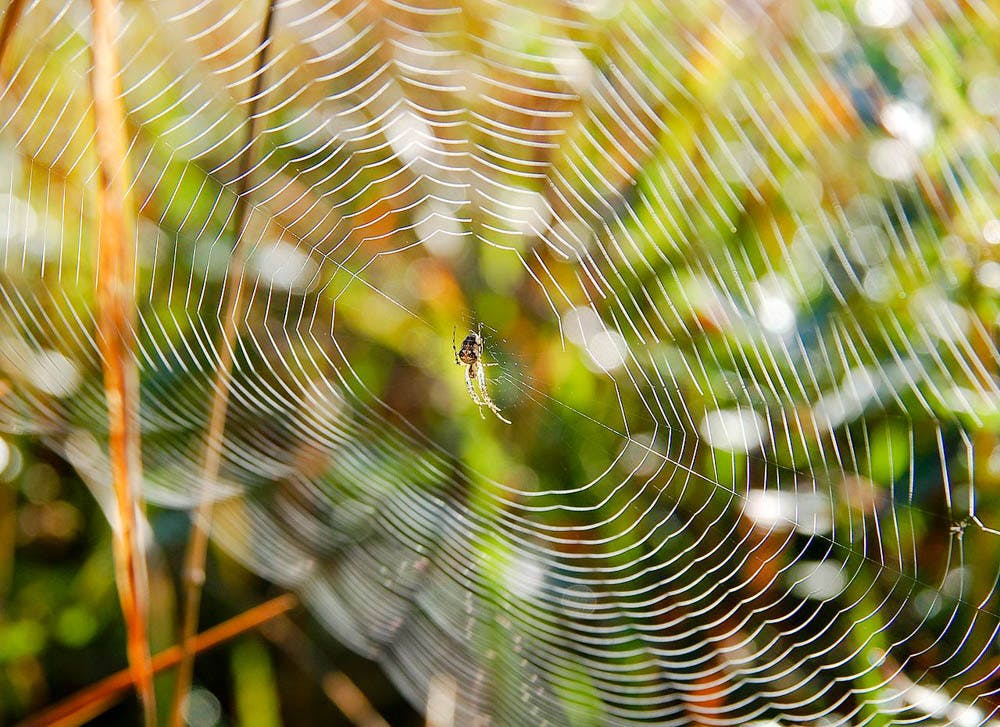University researcher and Professor of Engineering Huajian Gao and Xi-Qiao Feng, a researcher from Tsinghua University, led a study that found that the mechanical properties of spider silk change significantly at different points on the web.
The researchers also found that this gradient is critical for the spider, as it allow the web to have nearly uniform energy absorption, Gao said. While the spider cannot predict where its prey will hit, the functional gradient insures that any prey that contacts the web will be captured.
“Nature is not wasteful, and so it uses the minimum amount of material to achieve optimal function,” Gao said.
These differences in mechanical properties do not depend on the thickness, size or other characteristics of the web, according to an article by Physics World.
The researchers studied different types of spider silk using the ‘continuum approach,’ which is often used by scientists to treat materials as continuous matter rather than discrete molecules. This approach was useful when studying the spider silk, as it has a large number of particles.
Gao set up and solved partial differential equations that could describe the characteristics of the spider silk, while Feng and fellow researchers used various devices, including a uniaxial nanomechanical tensile testing machine; with this machine, they fixed the spider silk on the device and pulled it apart to calculate the strength and elasticity.
Gao believes spider silk “is attractive from an engineering point of view.” He explained that engineers find inspiration in nature, and they can use the mechanical functions of the spider silk and the properties that make it strong as a model for future projects. Looking forward, Gao and his fellow researchers plan to study spider web silk characteristics beyond the continuum approach.
Fritz Vollrath, a professor at the Department of Zoology at Oxford University, said he was not surprised by these results, as they are intuitive based on evolutionary biology. But the researchers have analyzed these parameters in unprecedented detail, allowing for a fuller understanding of the properties of spider web silk, he said.
Because spider webs are strong despite being lightweight structures, scientists can learn from them in creating new materials, Vollrath said. For example, they influenced the structure of the Munich tent in the 1972 Olympics.
Scientists are thinking about modeling a structure from the spider web to catch space junk, which could potentially damage space crafts. “Imagine if your colleague went to Jurassic Park and saw a creature that was the size of a human and could make a structure the size of a football field that could catch airplanes. That’s what a spider can do,” he said.





